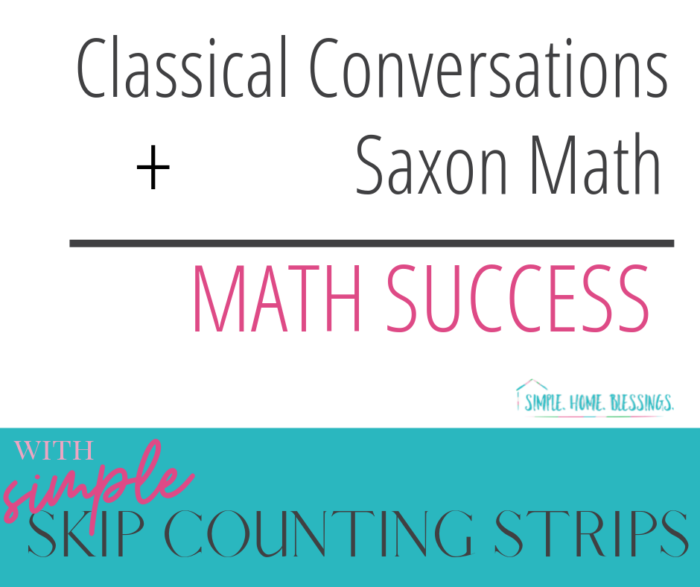
This past summer the Classical Conversations topic for Practicum was Math. Groaning on the inside a bit, I attended each of the three days, stretching my brain a bit further each day. I had epiphanies – seriously – about math – I didn’t think it possible! And I enjoyed the challenge more than I would have thought. It was surprising for my history-literature-language loving self.
Another surprise from the three-day Practicum was the frequent aspersions cast upon my math curriculum of choice: Saxon Math. Now, I didn’t feel personally attacked, but I began to wonder, “Should we have chosen a different curriculum? Are we going to have to change it up later on?” And I was a bit saddened by that.
Why?
Because I really do like Saxon Math for our homeschool. It works for us. It is a LOT of prep, especially in the early years, but it is a good fit. I love that it is a scripted curriculum because I still laugh at my inability to reach my oldest in our early failed attempts at math. We said good-bye to kindergarten math and never looked back. But then a friend of mine suggested I try Saxon for first grade. She even generously provided me with her copy of the teacher’s manual for Saxon Math 1!
Somehow, with that gigantic teacher guide, I suddenly felt I could do this. Someone had my back and if I just followed along with the script, I could do this! We have had success along the way and are now in our third year of teaching Saxon math. I currently have one student in Saxon Math 3 and one in Saxon Math 1.
Saxon made me feel safe to teach math. I can’t imagine I will switch because I am a loyal and thankful user of their curriculum.
Classical Conversations and Saxon
Some may think Classical Conversations endorsement of Saxon math is some sort of unholy alliance – at least some intimated that at our Practicum this summer. But as we have worked through our years of CC and our years of Saxon, my appreciation for their choice of Saxon has grown.
At first, I just thought they liked it because it was a classical approach to teaching math. I figured there aren’t a ton of resources out there for teaching math from that angle. Yes, I know now there are 50,000 resources for every single approach.
But this year, as I have begun to teach two students in two different levels, I have had a renewed appreciation and understanding for CC’s recommendation. I believe it has something to do with how well Saxon works (in the early elementary years) as a one-room schoolhouse curriculum. Lately lightbulbs have been going off as my two students sit side by side and work on age- and ability -appropriate math concepts in the morning math meeting.
One Room, One Table
I watch as my two students work on the same sequencing, same numeracy, same shapes, same operations in two different levels of math. We can count together, using our skip counting songs from CC. We can go a bit deeper with the year 3 student than we can with the year 1 student, but she is still hearing it. She will soon begin to parrot it back, just as her older sister does.
We all sit at the dining room table for our math time. And my girls start rotating in and out throughout their lessons. We start the morning math meeting together (ours in the afternoon most days). Then one goes off and practices math facts, while I quickly introduce the day’s concepts to the other. When I am finished with instruction for one, she goes off and completes the worksheets and practice sheets (we call them Google races – so I don’t know the formal name). The other comes over to hear her lesson and then heads off to work on her assigned work. We get it all done in much less than an hour most days!
Speed is not what I am praising the one-room schoolhouse approach for. So, don’t get me wrong. If math took longer than an hour, I would still appreciate the community we build together. I like the iron sharpening iron that happens with friendly competition or encouragement. My younger student will often pop in with an answer to a question for my older student and vice versa. They like when they are successful and know the answers.
Repetition
A big complaint I hear about Saxon Math is the plodding and repetitious nature of its instruction. But that is kind of what I love about it. This is, indeed how we are approaching Classical Conversations, too. LOTs of repetition, small amount of content in the early Foundations years. But we typically encourage our kids to the repetition of all the other songs and chants associated with our CC work.
Saxon Math is no different. One of the presenters at our Practicum this summer explained her approach to teaching math to her Essentials students. She said, “I want this information [math facts] to be bomb proof. Like, I could wake them up in the middle of the night and ask them a math fact and they would know it cold.”
Stretching
Confession time: we sort of fell-off of doing the full morning math meeting after a while. Alright…we just stopped doing it, altogether.
I know we aren’t the only ones. It is tedious. It is repetitive – in the extreme. But this year, as I said, I have a renewed appreciation for what all takes place during this short time.
One of the things I left off doing, that I am kind of kicking myself for now is the counting portion of the morning math meeting. You know those counting strips that are at the back of the meeting book? The ones that you might have filled out one or two of, but the rest are still blank?
I missed out on those too. Just dropped them right off the face of the earth and didn’t look back. I figured we were getting all the skip counting and more from our Classical Conversations memory work for math. And my oldest has been a memory master since she was 5 (long story, all her). I thought there was no need for this repetition in the morning math meeting.
But then my year 3 student started to hesitate with her math facts. And I took a closer look at what Saxon’s teacher manual said to do with those counting strips. What I discovered was, in a word: mind-changing.
Saxon Math doesn’t simply ask the kids to parrot back the skip counting; they challenge them to do it forwards AND backwards!
This is the key to unlocking skip counting’s effectiveness in understanding numeracy and operations. I am not kidding! The simple step of putting the skip counting car in reverse is stretching my kids in phenomenal ways. I would almost say I can see the neurons in their brains firing.
Since my kids are gaining so much out of this simple practice of forwards and backwards, I started using those counting strips in the back of the morning math meeting again. And they are VALUABLE!
These simple little counting strips. Squares stacked on top of squares built 12 high. They are rocking my math world lately! And they are making our morning math meetings more valuable than they have ever been before.
BUT
There is one tiny problem. The counting strips in the back of the Saxon math meeting are not sufficient to the 15×15 standard of Classical Conversations.
So, I fixed it.
I made some Classical Conversations compliant Saxon Math inspired counting strips (don’t worry, I am not trademarking the name). And I tucked them into the back of our current two meeting books. Now my kids can practice the skip counting for Saxon (stretching their brains those extra 3 steps) and practice the skip counting for Classical Conversations (stretching their brains to work in reverse).
My problem solving brain is overjoyed when I find the tiniest solutions to the tiniest of problems. I have put in a more than appropriate amount of thought into teaching Saxon math in the past three months. But the dividends of that time are starting to pay off.
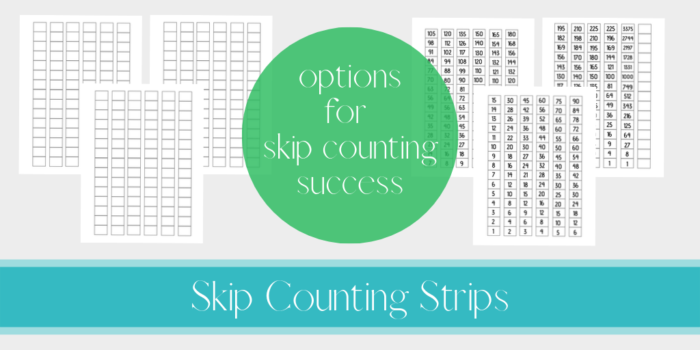
I have solved the Saxon math prep problem. And now I have brought together two of the curricula I love using in my home: Saxon Math and Classical Conversations. See?! CC does have good reason for their recommendation.
Get the Counting Strips
You can get instant access to the counting strips in two versions – a blank version and a filled in version – over in our Shop. You can also grab all sorts of resources – including our popular skip counting cards and lots of Classical Conversations resources.
I recommend if you are going to use them in the Saxon meeting book, that you cut them down and insert them over the counting strips in the Saxon meeting book.
Getting Started with Saxon Math
I am so excited to announce the release of my 12-page starter guide for Saxon Math in the early years. It is full of wonderful information about the Saxon Math curriculum approach and helpful tips for teaching it in your homeschool. You can get it in your inbox by signing up here:
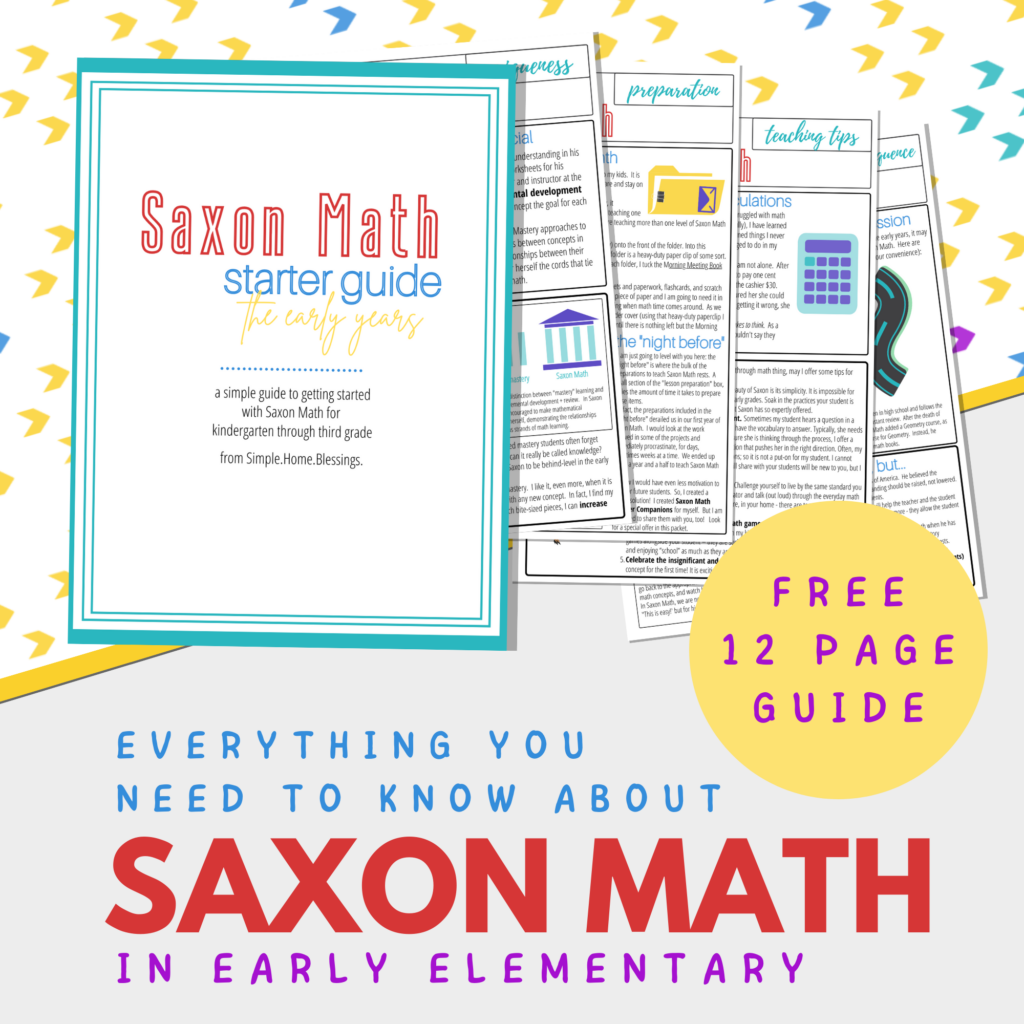
Interested in more about Saxon Math? I hope these articles are a blessing to you:
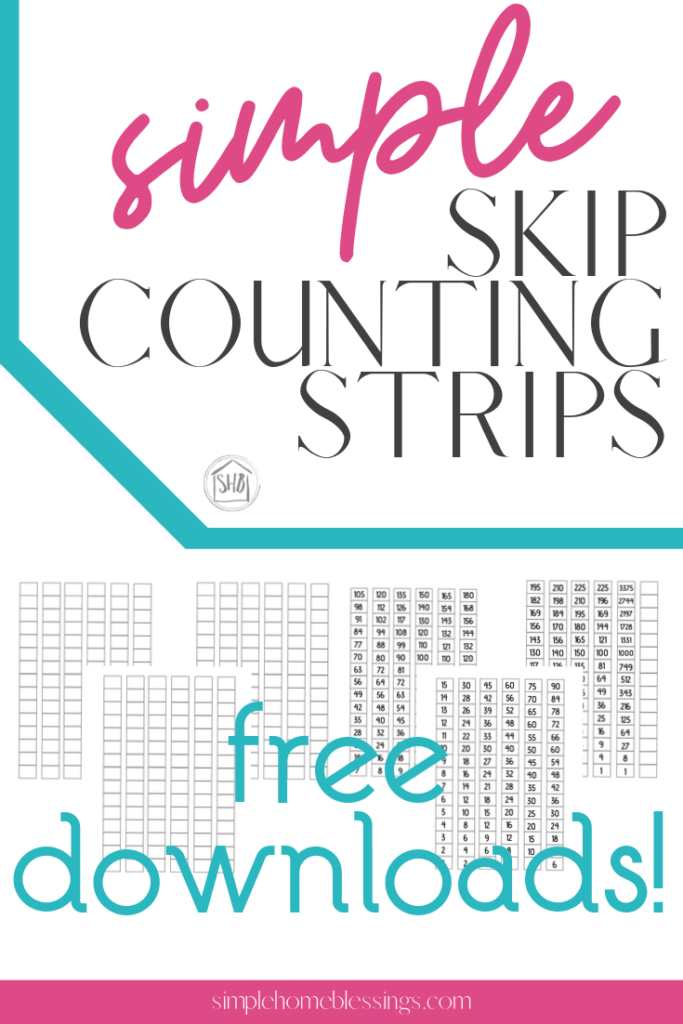




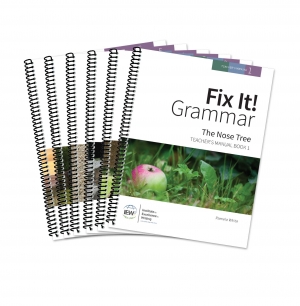


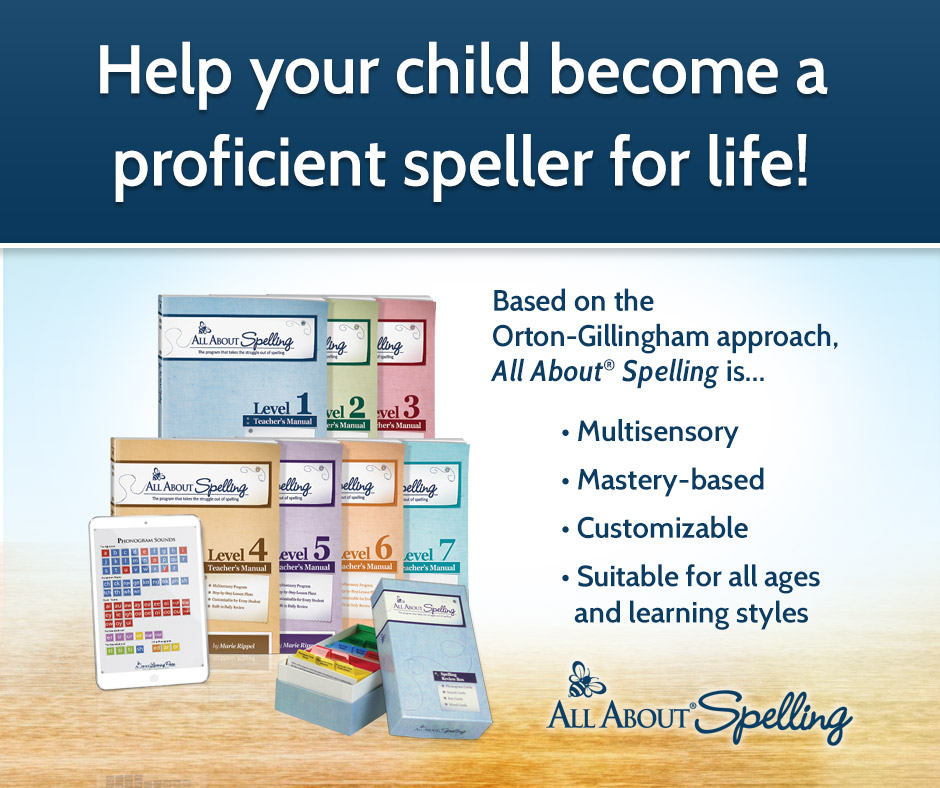






This Post Has 5 Comments
Wow! When we humble ourselves He exalts us…even in Saxon Math. To God be the glory, now not only are your children helped but also other parents and kids. ????? I’m so proud of you, Leah.
Where can I get these free printables?
They are available in our shop: http://www.simplehomeblessings.com/our-shop
Leah you truly are a blessing and I am grateful for all you do. Your advice and time saving tips are priceless.
Aww, thanks so much! Your kind words are such an encouragement to me to keep going!